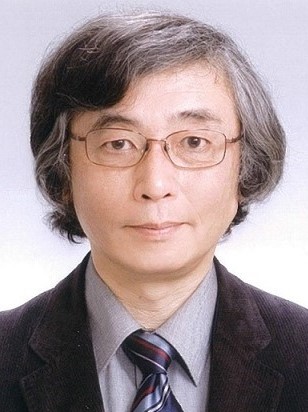 |
OKA Hiroki Professor Asian history, Mongolian history |
Achievements
⇒ TOHOKU UNIVERSITY Researchers
Significance of Historical Shifts in Mongolian Social and Administrative Structures to Social Formation in Northeast Asia
Mongolian society, traditionally rooted in nomadic production, is based today on social and administrative structures introduced by the Qing dynasty and later modified under socialist rule. Given this background, my research covers the following three main areas:
1) Social structure in early modern Mongolia, focusing particularly on the nature of Qing rule as well as on the relationship between the union-banner (mengqi) system introduced by the Qing versus the preexisting Mongolian otog-bag system centered on the vertical ties between taiji (royalty) and their inferiors;
2) social change in Mongolia immediately before the modern period, as revealed through nineteenth-century historical documents known collectively as jiaxunshu (“moral prescripts”) or bugaowen (“edicts”);
3) Social effects of environmental change, particularly as revealed by Mongolian social responses to drought and heavy snows.
 The Purevjav decree
The Purevjav decree
Principal areas of interest
- The otog-bag system of the Khalkha Mongols, Qing period
- Nineteenth-century Khalkha decrees and moral prescripts
- Establishment of Manchu rule in early Qing Mongolia
- Social responses to drought and heavy snows in the Qing period